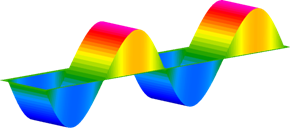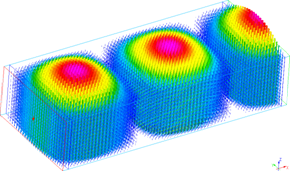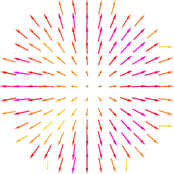•
Basic properties of a plane wave
•
Relation between a frequency and a wavelength
•
Relation between a wavelength and medium parameters (permittivity and permeability)
•
Envelope shape in lossy media
•
Normal incidence of a plane wave on the two lossless dielectric media boundary
•
Normal incidence of a plane wave on a perfect conductor surface
•
Quarter wavelength transformer
•
Half wavelength transformer
•
Plane wave incident normally at the layered structure of three lossless media: air-concrete-air
•
Plane wave incident normally at the layered structure of three lossless media: air-concrete-air – impedance matching





